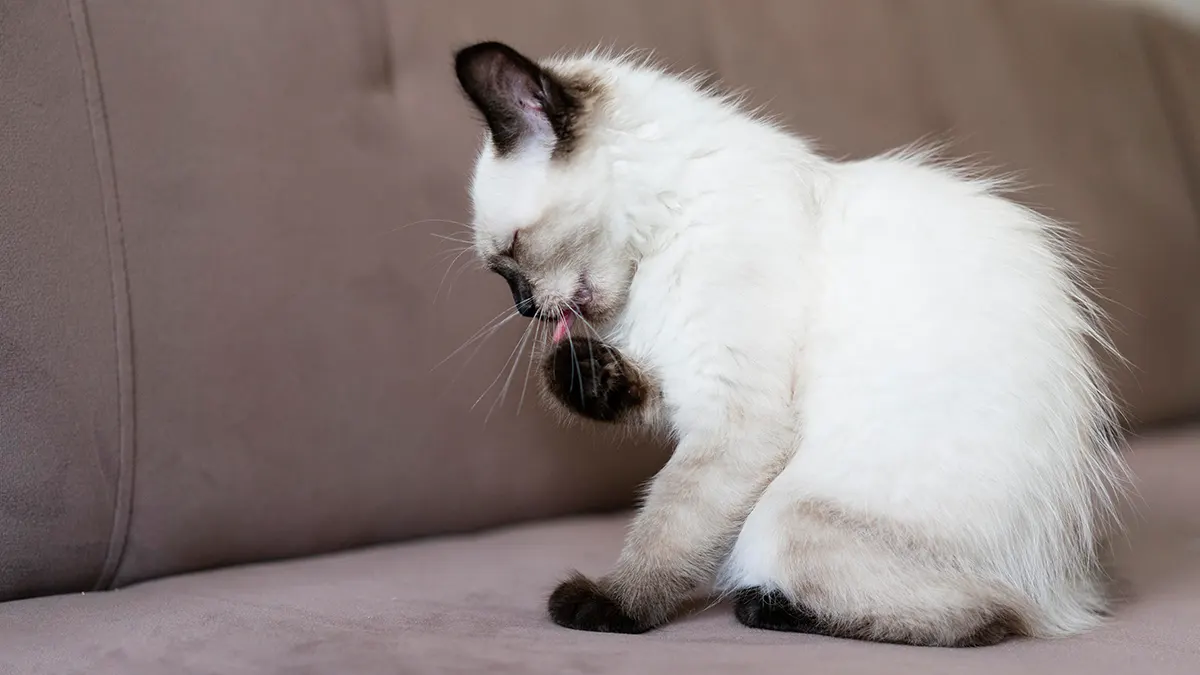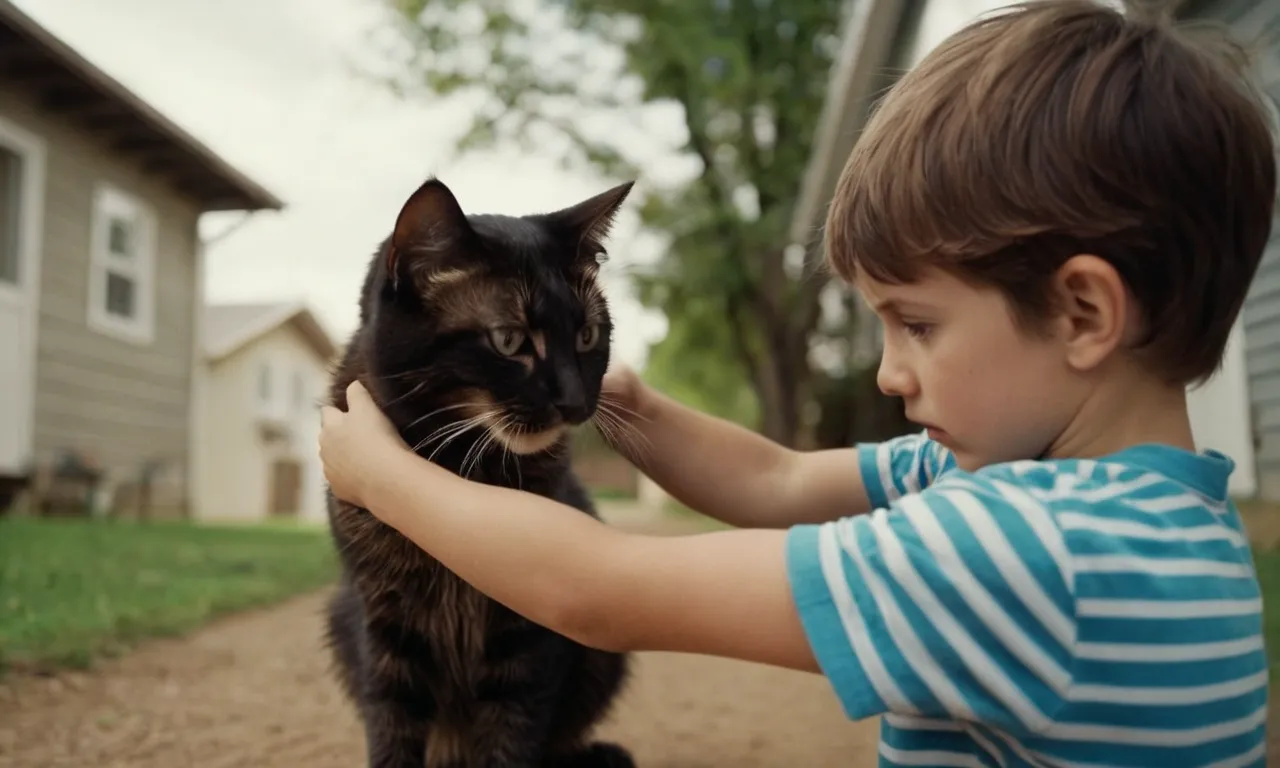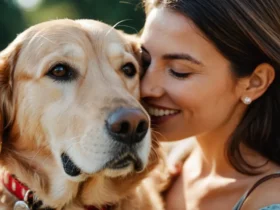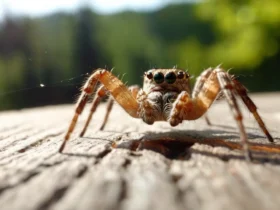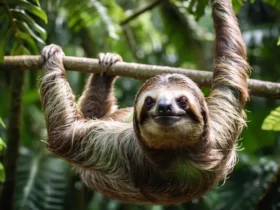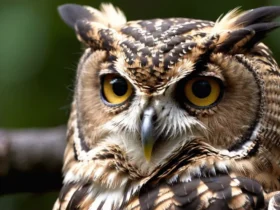Children with attention deficit hyperactivity disorder (ADHD) can sometimes exhibit concerning behaviors like aggression towards animals. If your child is harming pets or wildlife, it’s natural to feel upset and want to understand why.
The good news is that with compassion, education, and treatment, an ADHD child can learn to control impulses and coexist peacefully with animals.
If you’re short on time, here’s a quick answer: Work with your child’s doctor to optimize ADHD treatment and therapy. Use rewards, routine, and supervision to prevent animal harm. Teach empathy and give your child safe outlets for energy and aggression.
Look for underlying issues like trauma or learning disorders.
Understanding Why an ADHD Child May Hurt Animals
Impulsiveness and Poor Self-Regulation
Children with ADHD often struggle with impulsiveness and lack of self-control. Their brains have difficulty regulating emotions, thoughts, and behaviors. Without thinking first, they may grab, hit, or throw things when feeling frustrated or excited.
This poor impulse control can sometimes lead to hurting animals, though unintentional. Providing clear rules and structure can help an ADHD child learn to pause before acting.
Hyperactivity and Boredom
Excess energy and restlessness may lead an ADHD child to play too roughly with pets. When bored, they may prod or pinch an animal to get a reaction. Providing productive outlets for energy, like sports or physical games, can help prevent rough handling.
Pets that enjoy active play, like dogs, are most compatible for hyperactive children.
Aggression and Emotional Dysregulation
ADHD children often have trouble managing anger, sadness, and other emotions. Outbursts of yelling, hitting, or throwing are common. Without coping skills, this aggression may sometimes get directed toward pets. Teaching calming techniques like deep breathing can help prevent lashing out.
Professional counseling provides tools to handle big feelings in healthy ways.
Empathy Deficits
Some ADHD children lack empathy and don’t understand how their actions affect others. They may not comprehend that handling a pet roughly causes discomfort or pain. Explicitly teaching empathy, like having the child imagine how the animal feels, can increase sensitivity and compassion.
Consistently reinforcing gentle touch promotes caring behavior.
Sensory-Seeking Behaviors
ADHD children often crave sensory input like touch, movement, and sound. To satisfy this need, they may squeeze, shake, or tap pets to get feedback. Providing alternative sensory activities like playing with putty or fidget toys can satisfy this urge in less harmful ways.
Directing the child’s desire for touch toward gentle petting keeps animals safe.
Steps to Stop an ADHD Child from Hurting Animals
Optimize ADHD Treatment
Getting the right ADHD treatment is crucial for helping a child control impulsive behaviors like animal abuse. Medication and therapy can improve impulse control, reduce hyperactivity, and promote empathy. Work closely with doctors to find the optimal treatment plan.
Behavioral therapy also teaches coping skills. With the right treatment, an ADHD child’s hurtful behaviors can greatly diminish.
Increase Supervision
Closely supervising an ADHD child around animals is vital. Don’t allow unsupervised access to pets or strays. Gently intervene if you see frustration or aggression rising. Redirect them to a calmer activity. Praise kind, gentle handling. Make sure there are consequences for rough behavior.
Increased supervision prevents opportunities for abuse and teaches proper animal care.
Use Rewards and Consequences
Positive reinforcement and consequences shape behavior. Reward good behavior like gentle petting or walking the dog calmly. Praise compassionate words and actions. Use sticker charts, point systems, or treats to motivate kindness.
Calmly apply consequences for hurting animals like loss of privileges or time outs. Be consistent so they associate consequences with unkind actions.
Stick to Routines
ADHD kids thrive on structure and routine. Build regular schedules for schoolwork, play, chores, and animal care like feeding or walking. Post visual reminders of routines. Checkslists help remember proper treatment of pets.
Routines establish expectations and prevent chaotic situations where poor impulses take over. Kids become more reliable, sensible, and careful of animals.
Provide Outlets
Give appropriate outlets for an ADHD child’s energy and stimulation needs. Enroll them in sports like soccer or martial arts that burn energy and teach discipline. Provide safe, durable chew toys or squeeze balls for sensory input. Supervise play with rambunctious pets that enjoy roughhousing.
Set aside places where rowdy, impulsive behavior is okay, so they’re less likely to target vulnerable animals.
Teach Empathy
Use books, stories, and conversations to increase empathy, compassion, and respect for living things. Have them help care for classroom pets to learn responsibility. Role play proper treatment with stuffed animals. Praise kind actions towards animals.
Explain that animals feel pain and fear like people. An ADHD child lacking empathy can develop it through guidance.
When to Seek Additional Help for an ADHD Child Hurting Animals
Signs of Trauma or Abuse
If an ADHD child is harming animals, it is important to consider whether they have experienced trauma or abuse themselves. Some signs to look out for include major changes in behavior or mood, difficulties sleeping, withdrawal from friends and family, and talk of harming themselves.
A child psychologist or counselor can help determine if trauma counseling is needed.
Possible Co-occurring Disorders
Up to 60% of children with ADHD may also have another condition such as anxiety, depression, oppositional defiant disorder or bipolar disorder that requires diagnosis and treatment (source). If hurting animals is accompanied by other symptoms, having the child comprehensively evaluated by a mental health professional can identify if additional therapies or medications may help.
Professional Evaluation
Any child harming animals deserves an urgent professional evaluation. A doctor can check for potential causes like a neurological disorder, toxin or poisoning, seizure condition, or side effects of ADHD medications.
A child psychologist can evaluate whether the behavior stems from trauma, inability to control impulses, lack of empathy, or another mental health condition requiring counseling, behavioral therapies or changes to educational supports.
Working closely with medical and mental health experts ensures parents access the full range of tools to help a child hurting animals get back on a healthy developmental path.
Conclusion
An ADHD child hurting animals requires compassionate but firm intervention. With treatment, structure, empathy training, and safe outlets, the behavior can improve. If issues persist, speak to your child’s doctor and mental health professionals to uncover any other factors at play.
With teamwork and positive parenting, an ADHD child can learn to gently coexist with animals.


